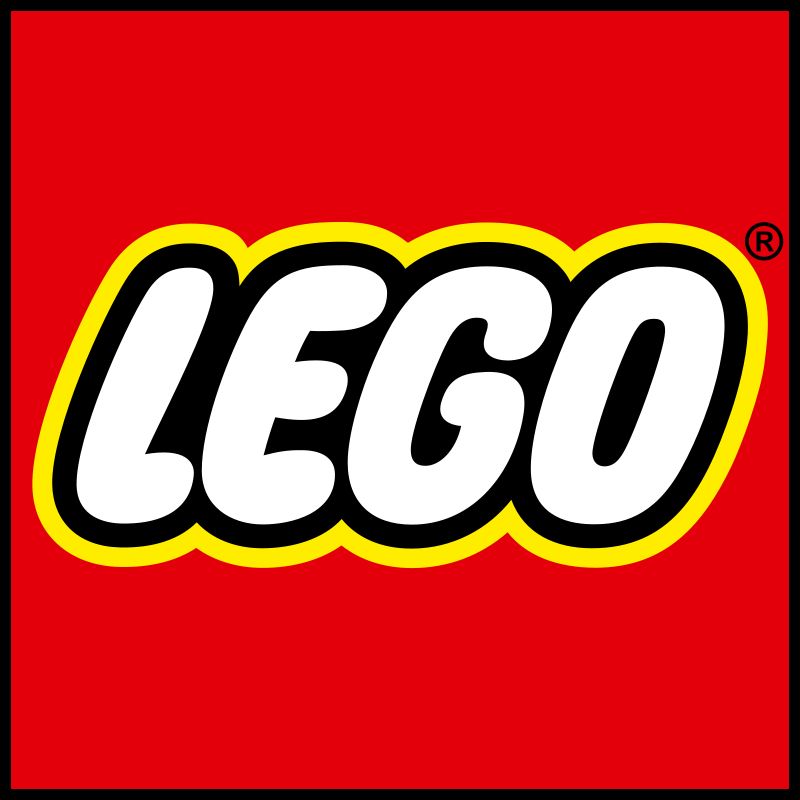In 2004, LEGO was gasping for air—$300 million in the red, massive job cuts in Europe, and drowning in nearly £620 million (approximately $800 million) of debt. The toy giant was on the verge of collapse, having lost 40% of its sales over two years and struggling with an over-saturation of product lines and organizational chaos.
Then came the radical action of new CEO Jørgen Vig Knudstorp, who asked a simple yet potent question: "What if the issue is LEGO itself?" He jumped into action and returned the company to its core product—its eponymous brick—and cut 30% from the overgrown product line. Knudstorp streamlined manufacturing by reducing the number of different individual bricks, cut costs, and encouraged fan-led innovation in the form of the LEGO Ideas initiative, where customers propose new sets.
Strategic alliances with franchises such as Harry Potter and Star Wars poured magic back into storytelling, propelling sales by leaps and bounds. By 2015, LEGO had surpassed Mattel and Hasbro and was a $9 billion empire embraced by more than 400 million children across the globe.
Key Highlights:
-
- Reduced 30% of products and rationalized variety choices of bricks
-
- Engaged the consumers through LEGO Ideas for co-creation
-
- Leveraged blockbuster franchises for renewed appeal
-
- Dedicated to quality, creativity, and responsiveness to community
Prospects: LEGO's turnaround is a strategic lesson in focus, innovation, and customer connection. It is a testament that even giants can fall, but with visionary leadership and getting back to the basics, they can rebuild brick by brick—better than before.
Source: Times of India, NashFact, AlphaSense
